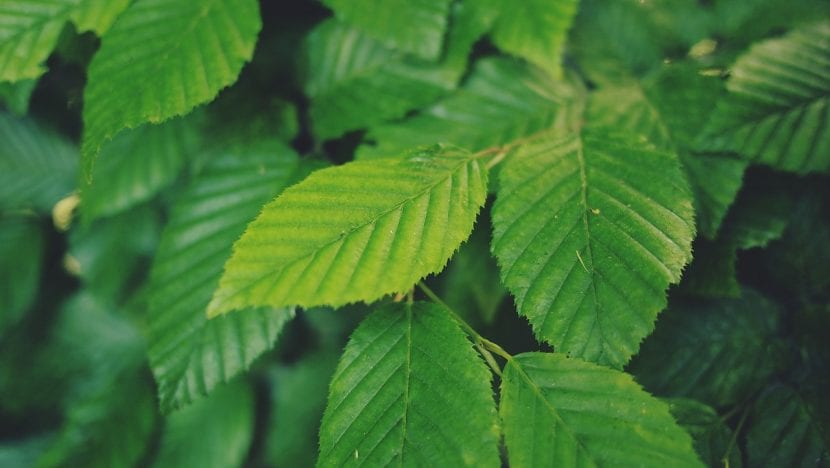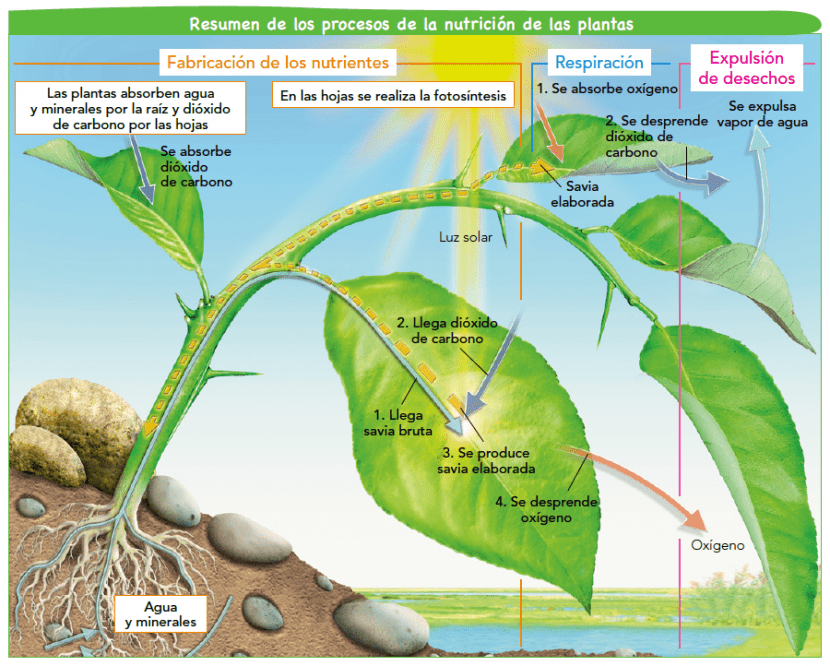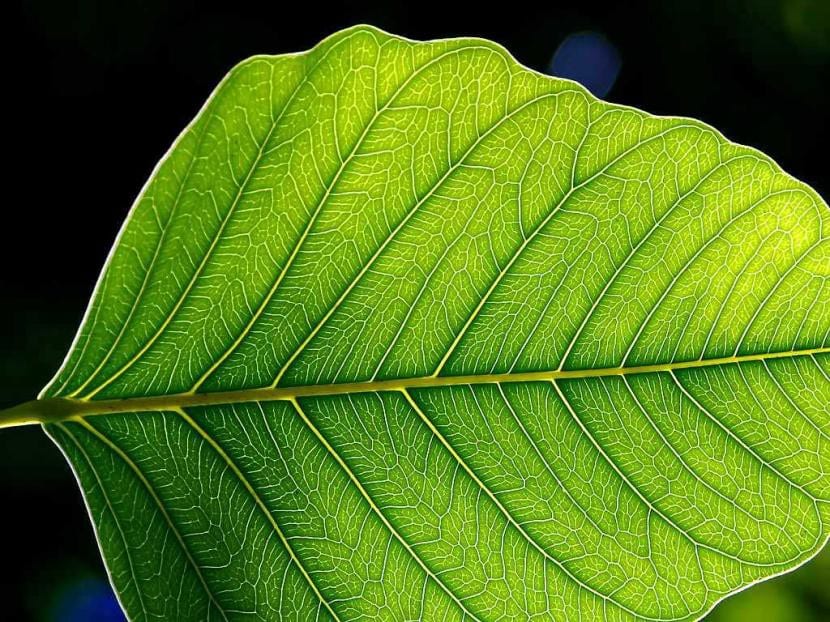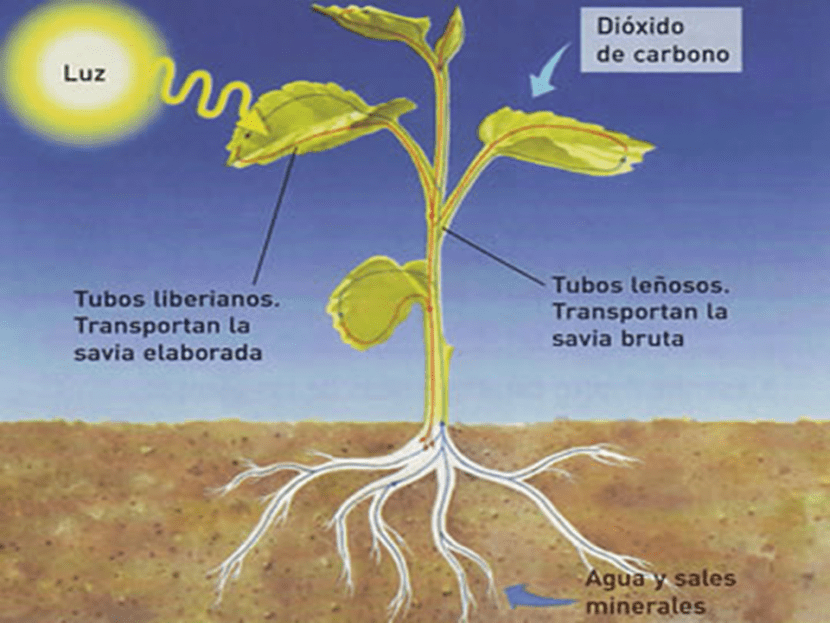
All living beings depend on the Sun to precisely exist. We are on a planet that is the exact distance from the star king, where it receives solar rays with the appropriate intensity, which allows an average temperature of 14 degrees Celsius: ideal for life. From our origins until today, it seems that plant beings are very different, but the reality is that the dividing line that separates both kingdoms is becoming increasingly blurred.
Why? Well it's true that they can't talk or walk, but to survive they have to perform a series of plant functions, which are basic for their survival. Let's see which are the main.

Image - Blinklearning.com
Breathing
Like any animal, plants need to breathe, and they do it in a similar way to us: absorbing oxygen and expelling carbon dioxide and water in the form of vapor. Where do they breathe? By three parts:
- Stomata or pores: They are found in all their green parts, such as leaves, non-lignified stems, green bracts (modified leaves that protect the flower).
- Lenticels: they are very small protrusions, circular or elongated, found on woody stems. They are visible to the naked eye, since they can measure from 1 to 5cm.
- Roots: by the radical hairs.
The question you may be asking yourself now is, do they breathe all day? Only at night? Well the answer is ...: they breathe 24 hours. And it is that, if it were not like that, they would not be able to carry out photosynthesis.
Photosynthesis

This is the function that only plants do. Animals can hunt prey, or feed on herbs and / or fruits, but plant beings, from the time the seed germinates until it dies, remain anchored in the same place. In order to grow and develop, they need to be able to photosynthesize; namely, transform the sun's energy into food.
Where is it made? On the sheets. These, as we know, are green, since they contain chlorophyll. Thanks to it, they can absorb adequate light, which together with carbon dioxide, turns from raw sap (water and minerals that the roots absorb and is directed towards the leaves) into processed sap (the plant's food, composed of amino acids and sugars mainly).
Due, plants release oxygen into the atmosphere through the stomata. But only during the day, which is when they are exposed to sunlight.
Food

Image - Monografias.com
Plants, without food, could not grow, but without water they would not even be able to germinate. On the floor there are a number of nutrients, mainly nitrogen, phosphorus and potassium (or NPK), that will only be available once they are dissolved in the water. Once they do, the roots will be able to absorb them without major problem.
What is NPK useful for? For the following:
- Nitrogen: it is essential for them to grow, develop chlorophyll and carry out photosynthesis.
- Phosphorus: it serves so that they can develop their root system and for the growth of the fruits.
- Potassium: it is very important, since it intervenes in plant respiration and in the transport of food.
Once the roots get their water and the minerals dissolved in it from the ground, a mixture called raw sap, it circulates in an ascending way through the woody vessels until it reaches the leaves. There, through photosynthesis, it is transformed into elaborated SAP, which is led downwardly by Liberian vessels to all parts of the plant being. The material that is left over is stored and remains as reserves.
Grow in the direction of sunlight

As we have seen, the Sun is essential for plants. They need it for basically everything. Since the seed germinates, what they do is grow in the direction of its light. But how do they do it? Namely, How can you tell the stem to grow upward and the roots downward?
These responses to solar stimuli are known as phototropism. Said stimulus causes a hormonal reaction in the plant, the consequence of which is differential growth caused by auxin. This acts in a very unique way: when there is a negative phototropic response, that is, when it grows in the opposite direction to the Sun, it is concentrated in the region of the plant opposite to the incidence of light. On the contrary, when the phototropic response is positive, auxins are concentrated in greater numbers and, consequently, cells in these regions proliferate more than in those where the concentration is lower.
Thus, the roots have a negative phototropism, while the stems have a positive phototropism.
Did you know what the main functions of plants were?